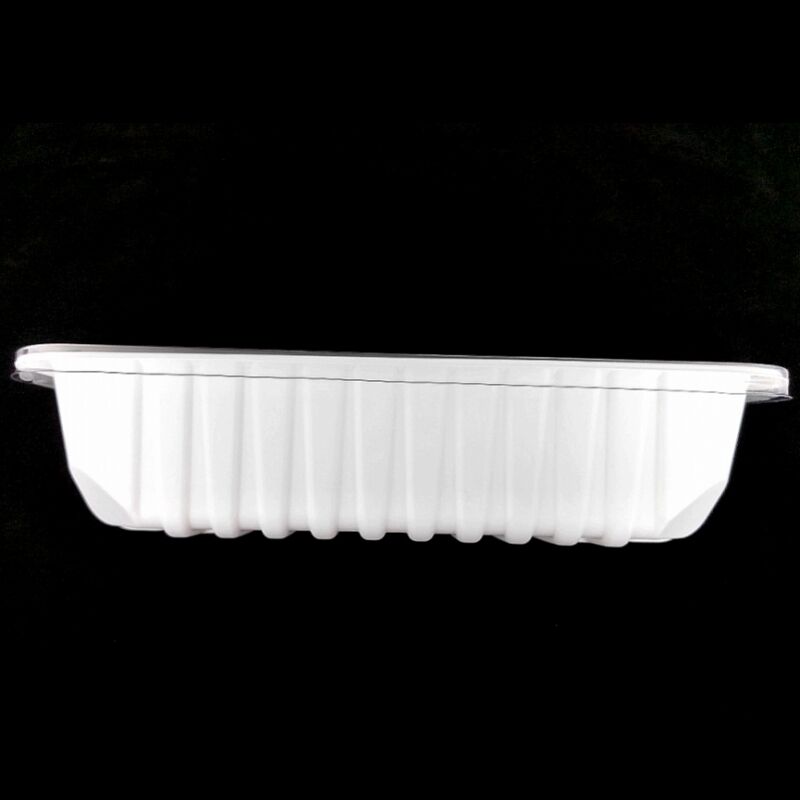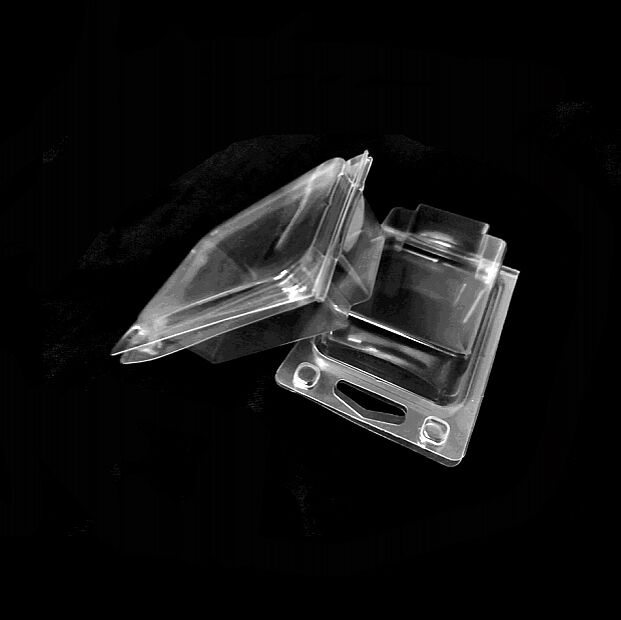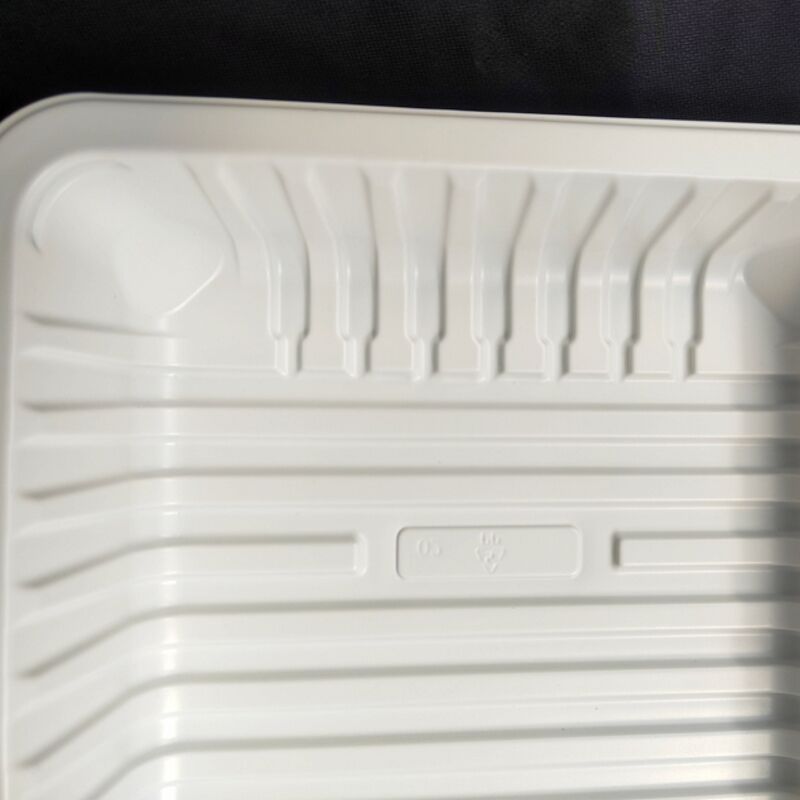plastic food tray types
Plastic food trays represent a versatile and essential packaging solution in the modern food industry. These trays come in various types including polypropylene (PP), polyethylene terephthalate (PET), and high-density polyethylene (HDPE) options, each designed to meet specific food storage and presentation requirements. The primary functions of plastic food trays encompass secure containment, protection against external contamination, and convenient portability of food items. Advanced manufacturing technologies enable the production of trays with different compartments, shapes, and sizes, accommodating diverse food service needs. These trays feature innovative designs incorporating elements such as snap-fit lids, moisture barriers, and temperature resistance properties. The applications span across multiple sectors, from retail food packaging and ready-to-eat meals to institutional food service and airline catering. Modern plastic food trays often integrate sustainable materials and design elements that promote recyclability while maintaining structural integrity. They are engineered to withstand various temperature conditions, making them suitable for both hot and cold food storage. The technological advancements in plastic food tray manufacturing have led to enhanced features such as improved seal integrity, extended shelf life capabilities, and microwave-safe properties.


